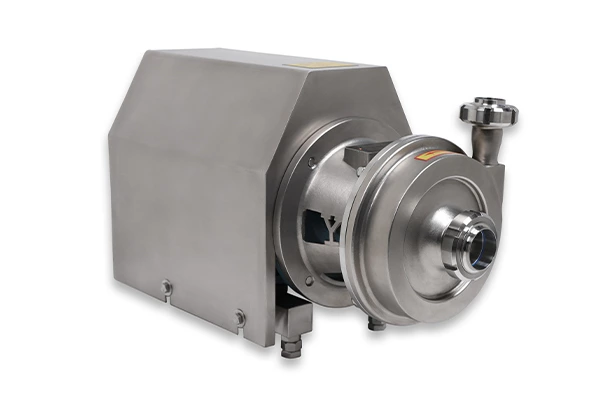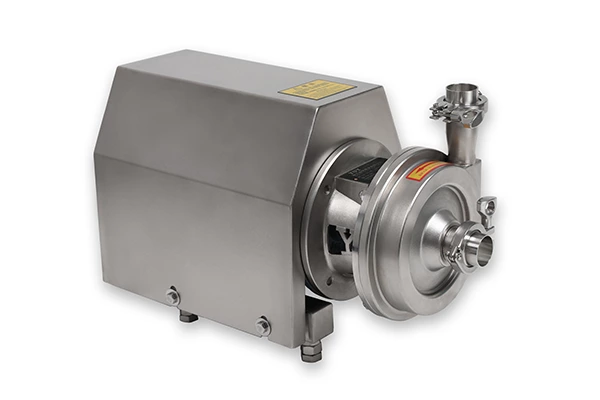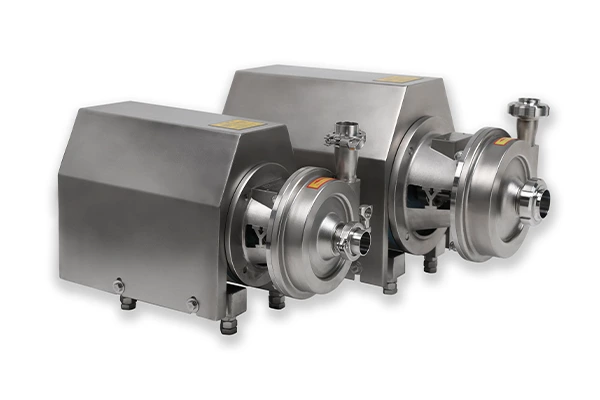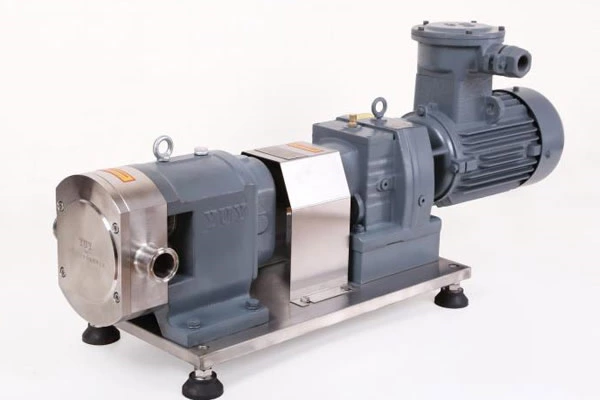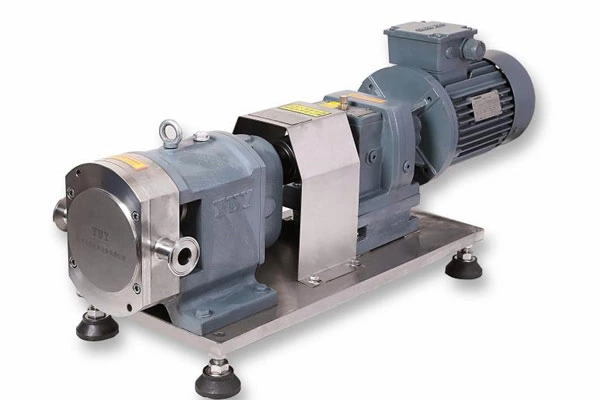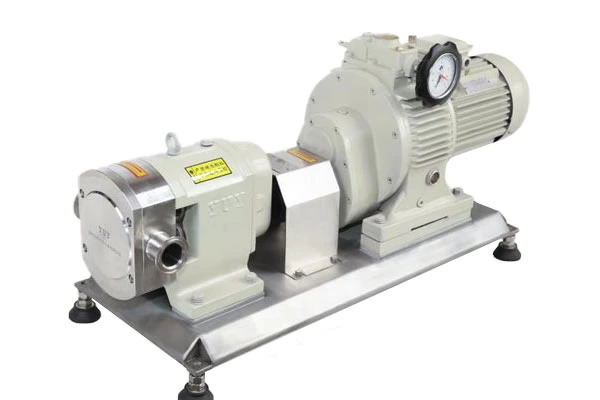Selection Requirements For Sanitary Centrifugal Pumps
Sanitary Centrifugal Pump belongs to a positive displacement rotor pump, which sucks and discharges liquid by the displacement of several sealed cavities formed by the screw tooth shape and the pump sleeve. A sanitary centrifugal pump without a theoretical leakage channel between two adjacent sealed cavities is called a strictly sanitary centrifugal pump, and vice versa.
According to current practical applications and relevant data, the application range of sanitary centrifugal pumps is very wide. Its characteristics are stable flow, small pressure pulsation, self-priming ability, low noise, high efficiency, long life, small size, reliable operation, and outstanding advantages are the conveying medium It can transport various media with a wide range of viscosities, including lubricating or corrosive media of various viscosities, non-Newtonian liquids of various viscosities, gas-liquid mixed transport, solid-liquid mixed transport. It is widely used in offshore platform engineering, petrochemical, shipping, electric power, mechanical hydraulic system, food, papermaking, sugar making, military industry and sewage treatment and other industrial sectors. In the words of the sales manager of the German Aerweiler Company: "There is no medium in the world that cannot be transported by sanitary centrifugal pumps."
Sanitary centrifugal pump
Speaking of sanitary Sanitary centrifugal pumps can transport any medium. Of course, it does not mean that a certain type of sanitary centrifugal pump can transport all media, but different types of sanitary centrifugal pumps can be selected according to the characteristics of the medium and the number of performance parameters. Sanitary centrifugal pumps are usually divided into single sanitary centrifugal pumps, double, triple and five sanitary centrifugal pumps according to the number of screws. Each has its own advantages. When promoting and applying sanitary centrifugal pumps, it is necessary to make a choice. Only by making full use of their respective characteristics can we better achieve energy saving, material saving, and efficiency increase or meet certain special requirements.
The pump sleeve of the sanitary centrifugal pump is made of non-metallic elastic material (usually rubber), and the inner hole is in the shape of a spiral groove. It forms several sealing chambers with a spiral metal screw. The metal screw rotates eccentrically, so that the sealing chamber moves from the low-pressure area of the pump to the high-pressure area, completing the whole process of sucking in and discharging liquid and forming pressure. In addition to general media, sanitary centrifugal pumps can transport suspensions and special media containing metal particles and fibers. When treating sewage and sludge, sanitary centrifugal pumps are often used, and the working pressure is usually not high.
Do you know the selection requirements of different sanitary centrifugal pumps?
The traditional sanitary centrifugal pump is a non-strictly sanitary centrifugal pump. The pump sleeve made of metal material has two secant cylindrical cavities. The two screws in the cavity mesh with each other. The meshing screw teeth form several sealed cavities between the pump sleeve and the screw. When the screw rotates, the sealed cavity moves from the low-pressure area of the pump to the high-pressure area. There are single-head spiral and double-head spiral sanitary centrifugal pumps. For lubricating media, if the spiral angle is large enough, the main screw can directly drive the auxiliary screw. If equipped with synchronous gears, in theory, there can be no contact between the two screws. Although the traditional sanitary centrifugal pump is not strictly sealed and the working pressure is not high, it can transport various media with a very wide viscosity range, non-Newtonian liquids of various viscosities, and mixed gas and liquid. Mixed solid and liquid. Therefore, all industries have great interest in it, especially the petroleum and chemical industries.
The sanitary centrifugal pump is theoretically a strictly sealed sanitary centrifugal pump. In textbooks, it is usually introduced as a typical sanitary centrifugal pump. The sanitary centrifugal pump is composed of a main screw in a metal pump sleeve driving two driven screws. Each screw has two spiral lines, forming several sealed chambers between the pump sleeve and the screw. When the screw rotates, the sealed chamber moves from the low-pressure area of the pump to the high-pressure area. The maximum working pressure of the sanitary centrifugal pump can reach 30Mpa, and the conveying medium is clean and non-corrosive lubricating oil. In special occasions, it can convey high-viscosity and non-corrosive media (such as ink, glue, etc.). Due to the structural dimensions of the three screws in a ratio of 1:3:5 and other reasons, the viscosity range of the medium conveyed by the sanitary centrifugal pump is limited, generally limited to lubricating media.
Sanitary centrifugal pumps are usually non-strictly sealed sanitary centrifugal pumps. One main screw drives four auxiliary screws, each of which has two spiral lines. Since the unit flow cross-section of the pump chamber is large, the medium conveying volume is large. The working pressure of the sanitary centrifugal pump is usually below 0.8MPa, and it is often used as an oil pump in special occasions where the installation size is limited (such as ships, vessels, etc.).
